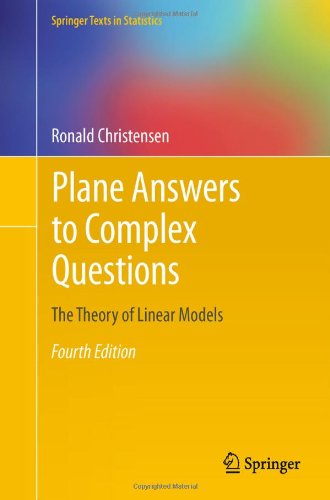

Most ebook files are in PDF format, so you can easily read them using various software such as Foxit Reader or directly on the Google Chrome browser.
Some ebook files are released by publishers in other formats such as .awz, .mobi, .epub, .fb2, etc. You may need to install specific software to read these formats on mobile/PC, such as Calibre.
Please read the tutorial at this link: https://ebookbell.com/faq
We offer FREE conversion to the popular formats you request; however, this may take some time. Therefore, right after payment, please email us, and we will try to provide the service as quickly as possible.
For some exceptional file formats or broken links (if any), please refrain from opening any disputes. Instead, email us first, and we will try to assist within a maximum of 6 hours.
EbookBell Team

4.4
82 reviewsThis textbook provides a wide-ranging introduction to the use and theory of linear models for analyzing data. The author's emphasis is on providing a unified treatment of linear models, including analysis of variance models and regression models, based on projections, orthogonality, and other vector space ideas. Every chapter comes with numerous exercises and examples that make it ideal for a graduate-level course. All of the standard topics are covered in depth: ANOVA, estimation including Bayesian estimation, hypothesis testing, multiple comparisons, regression analysis, and experimental design models. In addition, the book covers topics that are not usually treated at this level, but which are important in their own right: balanced incomplete block designs, testing for lack of fit, testing for independence, models with singular covariance matrices, variance component estimation, best linear and best linear unbiased prediction, collinearity, and variable selection. This new edition includes a more extensive discussion of best prediction and associated ideas of R2, as well as new sections on inner products and perpendicular projections for more general spaces and Milliken and Graybill’s generalization of Tukey’s one degree of freedom for nonadditivity test.